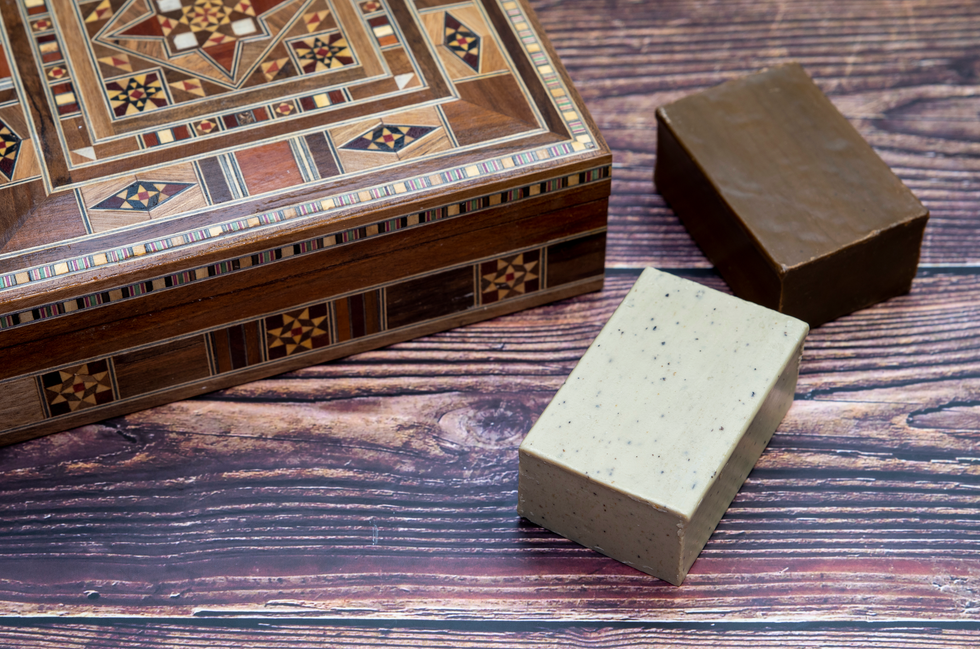UNESCO adds six Arab practices to intangible cultural heritage list
Cultures represented include Syrian, Palestinian, Emirati and Saudi Arabian
Dubai Desk
The Dubai Desk reports on major developments across the UAE, covering news, culture, business, and social trends shaping the region.

Farmers in Saudi Arabia's Taif region harvest taif roses.
Shutterstock
The United Nations Educational, Scientific and Cultural Organization (UNESCO) has added six Arab practices to its intangible cultural heritage list.
Founded in 2008, the UNESCO Intangible Cultural Heritage List is a register to recognize and safeguard the intangible cultural heritage of humanity.
The new additions include:
Henna rituals

Sixteen countries, including the UAE, Oman , Morocco and Palestine, submitted henna making for the list. The ancient practice of cultivating, drying and processing henna paste is important in many MENA regions. Applying henna paste is also integral to regional cultures, often customary during festive occasions.
Aleppo ghar soap

The Syrian city of Aleppo is itself a World Heritage site, and its soap making tradition now joins the same league. Traditionally made with local ingredients, the drying process alone can take up to nine months.
Algeria women’s clothes

Eastern Algeria’s gandoura and melehfa are traditional costumes worn for festive occasions. The skills for making and wearing the outfits are taught formally in private institutions and informally within families.
Tunisian Twayef performers

In Tunisia, the Twayef are poet-singer troupes from the Ghbonten tribe, performing chants in white robes and scarlet chechias (caps), accompanied by the chenna drum. The group consists of a leader and male performers.
The practice, emerging after Tunisia abolished slavery in 1846, blends African, Berber, and Arab influences.
Nablusi soap

Named for its Palestinian city of origin, Nablusi soap is made from olive oil, water and lye. The soap making practice dates back over 1,000 years and, according to Palestine’s Ministry of Culture, “the use of olive oil reflects people’s strong relation to the land.”
Taif roses

Grown in Saudi Arabia’s Taif region from December to February, the iconic flower's harvest season begins in March and lasts thirty-five to forty-five days. The Taif rose is central to the regional inhabitants’ cultural heritage and identity, with cooperatives offering training sessions on its cultivation.










Comments
See what people are discussing